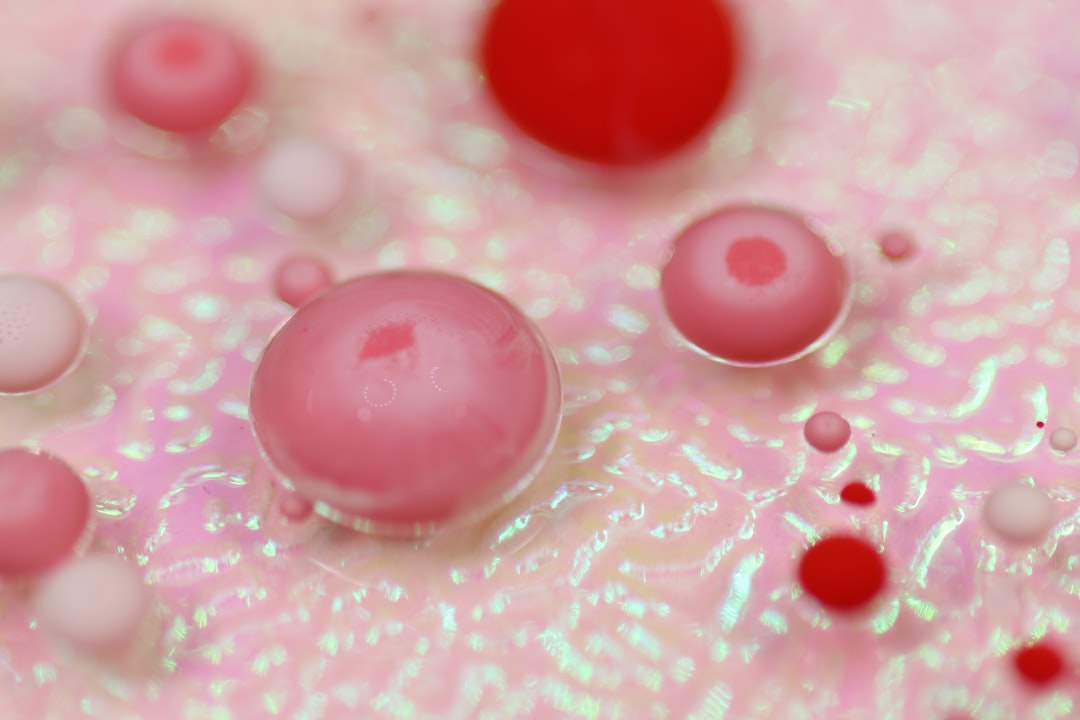What is it about?
The reason why bacteria prefer certain nutrients in their diet is not always understood. This is particularly the case for nitrogen sources, where ammonium permits fast growth whereas amino acids are regarded as poor sources of nitrogen, resulting in much slower growth. We show in this paper that bacteria specifically control their rate of growth on certain nitrogen sources to prevent excretion of ammonia out of the cell as a "waste" product that benefits the growth of competitors
Featured Image
Why is it important?
By engineering E. coli, we show that it is not the intrinsic properties of amino acids that limit their rate of utilisation as nitrogen sources, but sophisticated regulatory circuits control their rate of transport into the cell and subsequent catalysis. After removal of these regulatory controls we can switch the dietary preferences of E. coli towards amino acids, resulting in growth rates equivalent to those observed when ammonium is the nitrogen source.
Read the Original
This page is a summary of: Deciphering the Principles of Bacterial Nitrogen Dietary Preferences: a Strategy for Nutrient Containment, mBio, July 2016, ASM Journals,
DOI: 10.1128/mbio.00792-16.
You can read the full text:
Contributors
The following have contributed to this page










